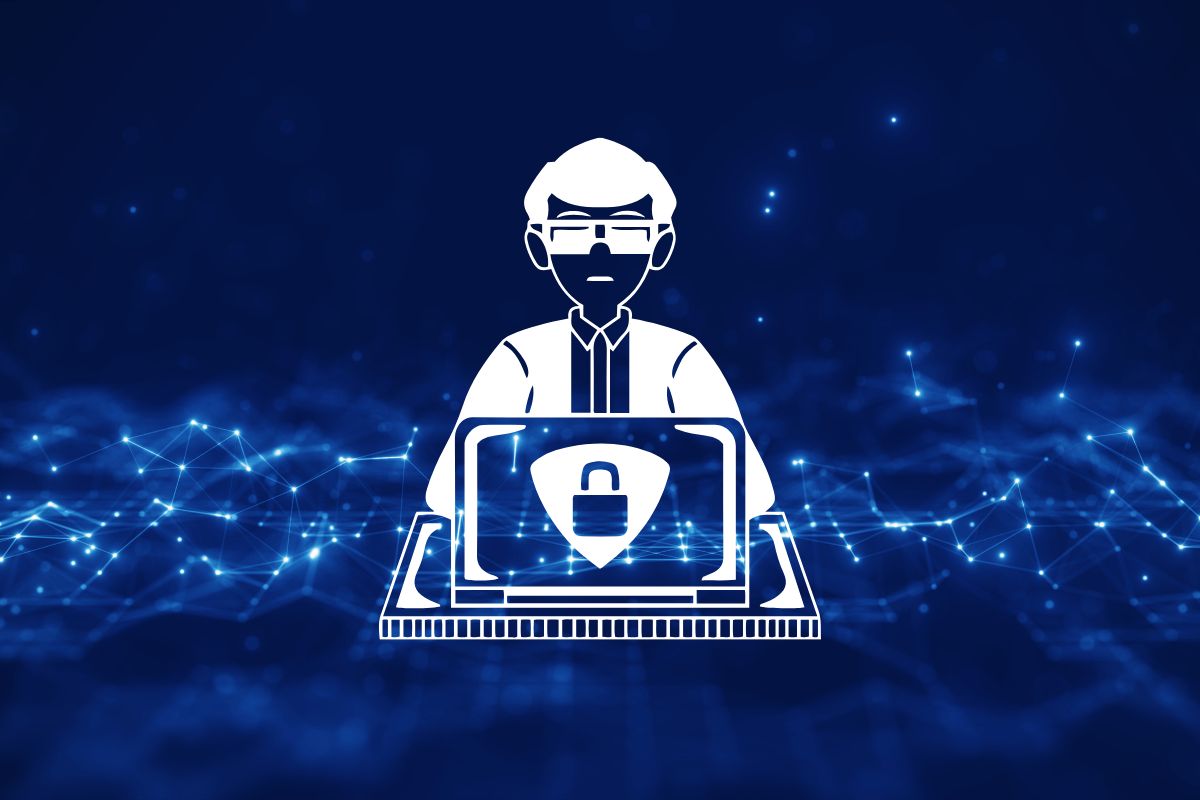Every time we log into an app, shop online, or use a connected device, we’re sharing personal information. It could be something as simple as an email address or as sensitive as health records and financial data. While these tools make life more convenient, they also create risk. If that information falls into the wrong hands, the consequences can be serious.
Cybersecurity helps manage that risk. It’s the set of practices and tools used to keep data private, safe, and out of reach from bad actors. For individuals and businesses alike, cybersecurity is no longer optional. It’s a necessary part of staying safe in a connected world.
Why Personal Data Matters
Our personal data says a lot about us—where we live, what we buy, who we talk to, and even what we believe. It includes credit card numbers, home addresses, birth dates, phone numbers, photos, passwords, and more. When this information is collected and stored online, it becomes a target.
Cybercriminals use stolen data to commit fraud, open fake accounts, or sell it on the black market. In some cases, they hold data for ransom or use it to impersonate someone. The impact can include financial loss, identity theft, and emotional distress.
That’s why protecting personal data isn’t just about privacy—it’s about security and peace of mind.
Types of Cyber Threats to Personal Data
Cybersecurity works by identifying and blocking threats before they cause harm. Here are some of the most common risks:
Phishing Attacks
Phishing happens when someone tries to trick you into giving away sensitive information. These scams often come through emails or text messages that look real but are actually fake. They might pretend to be your bank or a trusted company, asking you to click a link or enter your password.
Malware and Ransomware
Malware is software designed to harm your device or steal your information. Ransomware is a type of malware that locks your files and demands payment to unlock them. These threats can be spread through downloads, infected websites, or email attachments.
Unsecured Networks
Using public Wi-Fi at a café or airport can be risky. Without proper encryption, someone nearby could intercept your connection and see what you’re doing online. They might even steal login information or access your device.
Data Breaches
Sometimes, cybercriminals target large companies that store personal data. When these systems are hacked, the data of thousands or even millions of people may be leaked. This includes names, addresses, and passwords.
Cybersecurity Tools and Techniques
The good news is that cybersecurity offers multiple layers of protection. Here are some of the most common methods used to keep personal data safe:
Encryption
This scrambles your data so that only someone with the correct key can read it. Many websites and apps use encryption to protect login credentials and financial transactions.
Firewalls
A firewall acts as a gatekeeper, controlling the data that enters or leaves your network. It helps block malicious traffic and prevents unauthorized access.
Antivirus and Anti-Malware Software
These programs scan for known threats and remove them. They’re often the first line of defense for personal devices and business systems.
Two-Factor Authentication (2FA)
Instead of just using a password, 2FA adds another step, like entering a code from your phone. This makes it much harder for someone to break into your accounts.
Regular Software Updates
Software developers constantly patch security holes. Keeping your operating system, apps, and browsers up to date helps close those gaps.
What Businesses Should Do
Businesses have a major role to play in protecting the data they collect. Whether it’s an online store or a health clinic, every organization that stores personal data must take steps to secure it.
This means using secure systems, encrypting sensitive data, and limiting who has access to it. Employees should be trained to recognize threats like phishing. Regular audits help identify weak points and prevent future problems.
When a company fails to protect data, the consequences can be severe. Laws like the GDPR in Europe and the CCPA in California hold companies accountable for how they handle personal information.
What Individuals Can Do
You don’t need to be a tech expert to protect your own data. There are simple habits that can make a big difference:
- Use strong passwords that include letters, numbers, and symbols. Avoid using the same password for multiple sites.
- Enable 2FA on accounts that support it—especially banking, email, and social media.
- Be cautious with emails and links. Don’t click on anything that looks suspicious, even if it appears to come from someone you know.
- Avoid using public Wi-Fi for sensitive tasks like online banking or accessing work emails. If you must, consider using a VPN.
- Back up your files regularly in case of data loss or ransomware.
These small steps help reduce your risk and protect your personal information from being misused.
Real-World Lessons
In 2021, a major cyberattack targeted Colonial Pipeline, one of the largest fuel pipelines in the U.S. Hackers used ransomware to disrupt operations, leading to fuel shortages across several states. The attackers got in through a compromised password that lacked two-factor authentication.
Another example is Facebook’s 2019 data breach, which exposed the phone numbers and user IDs of over 500 million accounts. The data wasn’t stolen in the traditional sense—it was scraped through gaps in the platform’s privacy settings.
Both incidents show how even large, well-funded companies can fall short if cybersecurity isn’t taken seriously. They also serve as reminders that individuals and organizations alike need to stay alert.
Cybersecurity is more than just a tech issue—it’s about protecting the information that defines who we are. As more of our lives move online, the need to guard personal data becomes more urgent. By staying informed and taking smart steps, we can all play a part in keeping data secure.
